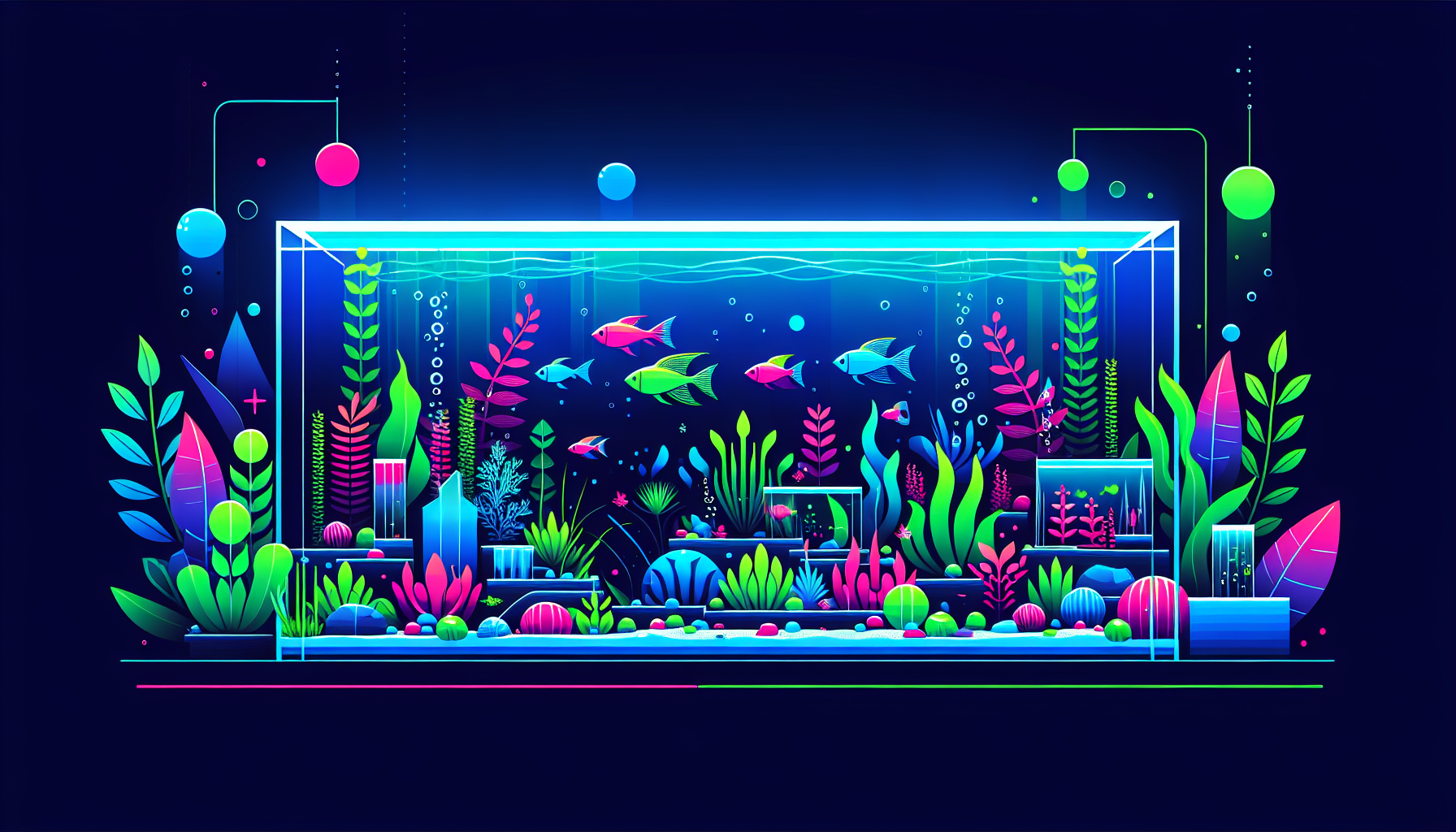The Ultimate Beginner’s Guide to Aquascaping: Tips, Techniques, and Inspiration
Are you fascinated by beautiful underwater landscapes and want to create your own aquascape? Whether you’re an aquarium lover or completely new to the hobby, aquascaping is a wonderful way to bring creativity, tranquility, and nature into your home. This comprehensive beginner’s guide will walk you through the essentials of aquascaping, including layout concepts, planting strategies, equipment selection, and easy-to-follow tips. Let’s dive in and start building your underwater world!
What is Aquascaping?
Aquascaping is the art of arranging aquatic plants, rocks, stones, driftwood, and other natural elements in an aquarium to create visually stunning, balanced, and thriving environments. Inspired by natural landscapes, aquascaping combines aquarium keeping with gardening, design, and artistic expression. The result? Living, ever-changing works of art that benefit both fish and the aquarist.
Why Start Aquascaping?
- Brings a slice of nature indoors
- Encourages mindfulness and creativity
- Improves water quality and natural balance for fish and shrimp
- Offers endless opportunities for learning and experimentation
Essential Aquascaping Equipment
Before you begin, it’s important to gather the right aquascaping tools and equipment:
- Aquarium tank: Start with a tank size that suits your space, like a 10-20 gallon tank for beginners.
- Lighting: Quality LED lights are crucial for plant growth and vibrant aquascape colors. Explore our guide to aquarium lighting for recommendations.
- Filtration: Choose an efficient filter to maintain clear water and a healthy environment.
- Substrate: Nutrient-rich substrates promote healthy root growth. Consider aqua soil, sand, or gravel depending on your plants’ needs.
- CO₂ system: Optional for low-tech tanks, but highly recommended for lush, high-tech planted aquascapes.
- Aquascaping tools: Precision tweezers, scissors, substrate shapers, and planting tools make the process easier and more enjoyable.
Popular Aquascaping Styles
One of the joys of aquascaping is designing your underwater scene. Here are a few popular aquascaping styles to inspire you:
Nature Aquarium Style
Popularized by Takashi Amano, this style mimics natural landscapes like forests, mountains, or meadows. The layout often features flowing lines and a natural sense of scale.
Iwagumi
Focuses on minimalist rock arrangements and an open layout, traditionally using three or five stones. Simplicity and balance are key to a successful Iwagumi aquascape.
Dutch Aquascape
A vibrant, garden-like style dominated by colorful plants placed in tiers and rows. Dutch aquascapes prioritize plant health, diversity, and density.
Jungle Aquascape
For a more wild and organic look, the jungle style uses dense, unruly planting with a mix of textures and heights.
Selecting Aquatic Plants
Choosing the right aquarium plants is crucial for both success and aesthetics. For beginners, start with hardy, low-maintenance plants such as:
- Anubias
- Java Fern
- Cryptocoryne
- Vallisneria
- Bucephalandra
Mix background, midground, and foreground plants to create depth and visual interest.
Setting Up Your First Aquascape: Step-by-Step
- Plan your layout by sketching a design or gathering reference photos.
- Add substrate and slope it for depth and perspective (higher at the back, lower at the front).
- Place hardscape materials (rocks, driftwood) first—these serve as the backbone of your aquascape.
- Moisten the substrate and carefully plant your aquatic plants using tweezers.
- Fill the tank slowly to avoid disturbing the layout.
- Install your filter, heater (if needed), and lighting system.
- Cycle the aquarium before adding fish or shrimp. This is a crucial step—learn more in our detailed guide to cycling your aquarium.
Maintenance Tips for a Thriving Aquascape
Regular maintenance ensures your aquascape stays healthy and attractive:
- Perform weekly water changes (about 25-30%)
- Prune and trim plants to promote healthy growth
- Check water parameters and adjust as needed
- Clean aquarium glass and equipment
Common Aquascaping Mistakes to Avoid
- Overloading the tank with too many plant or fish species
- Neglecting proper lighting or CO₂ levels
- Using poor-quality substrates or hardscape materials
- Skipping regular maintenance
Get Inspired: Resources for Aquascaping Ideas
- Visit our aquascaping gallery for real-world inspiration
- Check out our step-by-step aquascaping tutorials
- Join the aquascaping.academy community forum to share your aquascapes and ask questions
Ready to Create Your First Aquascape?
Aquascaping is a rewarding journey that combines art, science, and nature. With the right knowledge and a bit of patience, you’ll be amazed at what you can achieve. For more in-depth tips and advanced techniques, explore the rest of Aquascaping Academy.
Start your aquascaping adventure today—share your journey or questions in the comments below, and let’s grow together!



